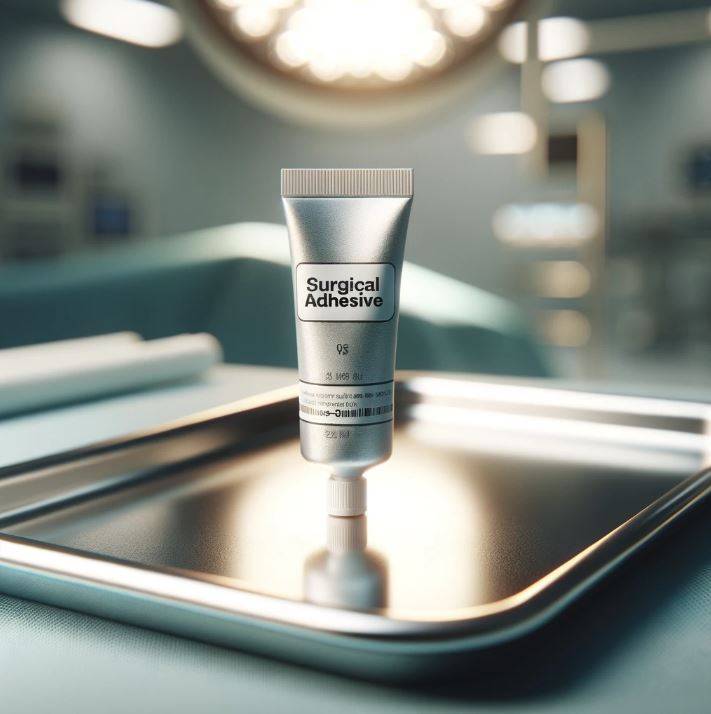Comparison of Medical Adhesives

Many adhesives are ideal for bonding skin and suture applications, while others can bond a wide variety of substrate surfaces, including rubbers, metals, and plastics. Common uses of medical adhesives include but are not limited to surgical instruments, electrode labeling, catheters, biosensors, and implantable devices (1). Careful comparison of different medical adhesives may be necessary when determining which are appropriate for a specific clinical situation.
A variety of medical adhesives feature different bonding qualities when used on different substrates, requiring distinct application procedures. A comparison of standard adhesives commonly found in the medical field reveals three major types, which are pressure sensitive, dissolvable, and electrically conductive adhesives (1).
Pressure sensitive adhesives consist of a number of different materials, including rubbers, silicone, and acrylate. Other adhesives may require heat or water to activate, or “cure”, a surface, but pressure sensitive adhesives bond to a surface by simply being pressed onto the substrate. These adhesives are often made in woven and nonwoven variations, with variants including double-sided tapes for more bonding control. IThey are often used for skin bandages in medical care.
The “curing” of a surface is linked to the method and the amount time that the adhesive requires in order to achieve full bonding strength. Some formulations allow for the curing of a surface in response to ultraviolet light for example, while other formulations such as two-part systems allow for the curing of a surface by heat or room temperatures.
Dissolvable adhesive films are created to react and dissolve when exposed to different elements, such as heat or liquids. This includes body liquids, making them particularly useful for a variety of medical applications.
Finally, electrically conductive adhesives consist of materials that are compatible with medical sensor devices and electrodes. They are either in the form of a film or a gel (1).
The properties of adhesives determine when each one can be used. A further comparison of medical adhesives within one category may focus on form, strength, duration, cost, etc.
Medical adhesives are generally made up of either synthetic or biological adhesive materials. Common variants of these adhesive types include synthetic compositions such as acrylics, silicone, and polyurethane, while biological compositions come in many different forms (1).
Acrylics, or cyanocrylates, are a common type of adhesive used for suturing wounds that reduce infection and scarring. Silicone is another common material used for medical bonding which is quite popular because it is typically biocompatible, enabling several distinct “curing” formulations. Polyurethanes are produced in bandage adhesives and are available in various strengths. They are very useful thanks to their water resistance.
Biological adhesives are often used in surgical applications, such as skin grafting and for suturing wounds. The composition of these adhesives includes variations in different types of proteins. For example, fibrin is a frequently used natural clotting protein harnessed to help mend damaged vessels and wounds.
Medical grade (biocompatible) adhesives are unique because they are biocompatibility tested according to ISO 10993 standards (2). They can thus be safely used to bond medical products, such as syringes, dialysis filters, or blood bags among other items. These medical products are usually made from a range of synthetic plastics (3).
References
1. Types of Medical Adhesives – A ThomasNet Buying Guide. Available at: https://www.thomasnet.com/articles/adhesives-sealants/types-of-medical-adhesives/. (Accessed: 7th January 2024)
2. 5 types of medical grade adhesives for fast production speeds – GA Lindberg. Available at: https://www.galindberg.se/en/Inspiration_and_knowledge/5-types-of-medical-grade-adhesives-for-fast-production-speeds. (Accessed: 7th January 2024)
3. Medical Grade Adhesive | Panacol-Elosol GmbH. Available at: https://www.panacol.com/adhesive-applications/medical-grade-adhesive. (Accessed: 7th January 2024)
